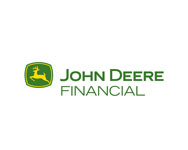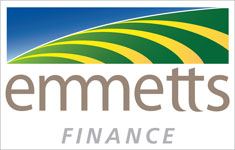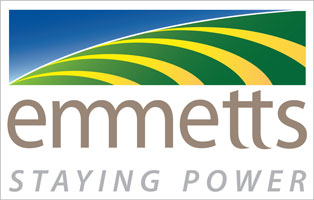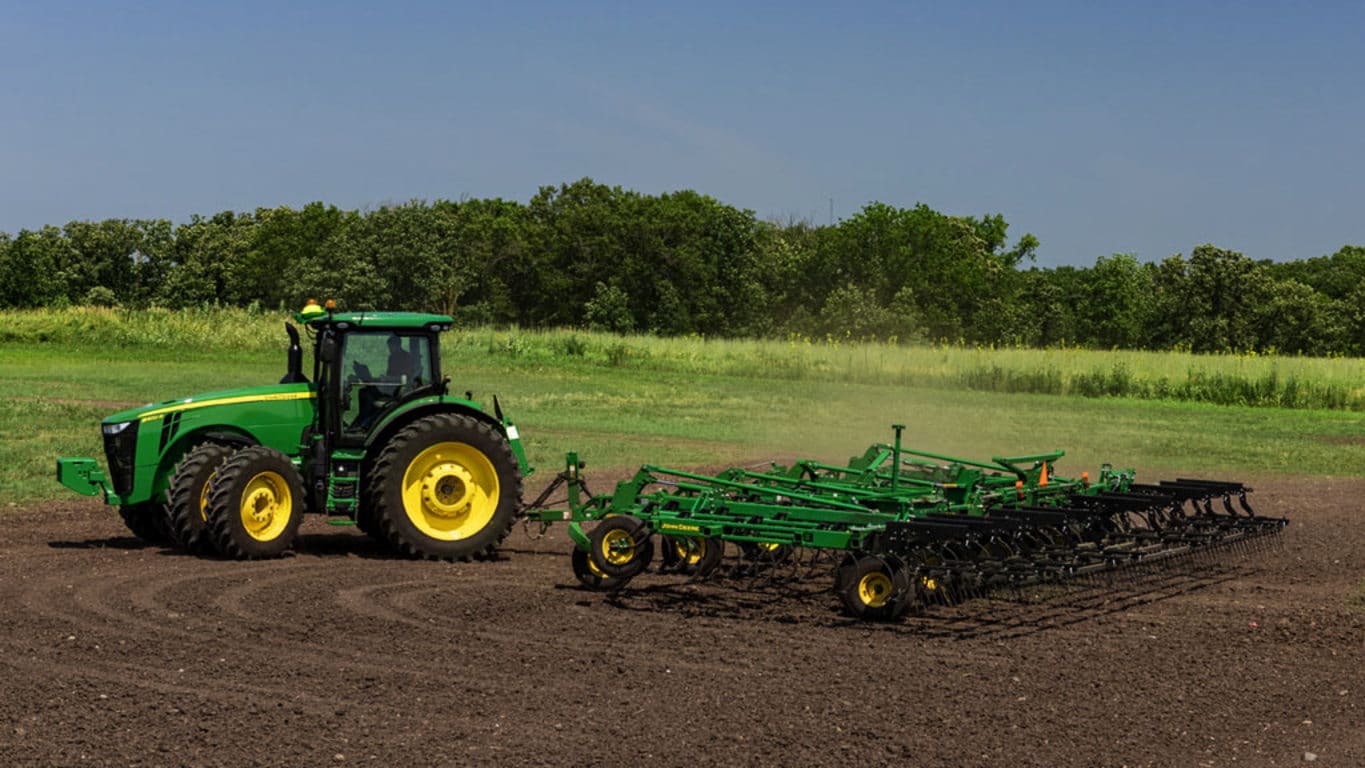
- Repeatable, end-of-row turns
- Easy set-up from the run page
- Preview your turn in advance
- Focus on other operation tasks
Features
Make the perfect end row turn every time with AutoTrac™ Turn Automation
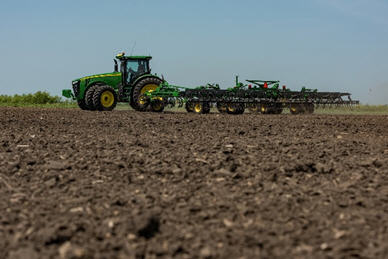 Easily complete end-of-pass turns
Easily complete end-of-pass turnsAccurate end-of-pass turns are difficult to repeat throughout the workday. At each turn, the operator must accurately perform several tasks at the proper time. As the hours add up, it becomes more difficult to perform these tasks, which can include turning the tractor, changing speed, raising and lowering the implement, etc. As fatigue sets in, headland turns can become inconsistent.
AutoTrac Turn Automation gives you a complete solution for accurate and repeatable end-of-pass turns throughout the entire field. It automatically completes accurate turns and carries out end-of-pass functions at appropriate times during the turn. This reduces strain on the operator and reduces input costs.
AutoTrac Turn Automation offers many benefits to the operator:
- Ability to focus on the job to make necessary adjustments and better agronomic decisions on the go
- Ability to watch the tractor and implement more closely, allowing for proactive adjustments instead of reactive fixes
- Ability to more closely watch for damaging obstacles such as rocks, washouts, or holes
- Increased productivity through faster, more efficient, and smoother end turns
AutoTrac Turn Automation offers options to meet numerous operating requirements:
- U-turn – this option is a simple U-turn for traditional end-of-row turns to the next pass.
- Figure-eight turn – this turn is helpful when operating at an angle to the headland. It allows the tractor to make a large sweeping figure-eight turn which reduces turn angle and allows the field boundary to be followed with each turn.
- Straight through – this option causes the machine to continue through an upcoming boundary and not turn. It is helpful for operating through passable internal boundaries and allows the machine to raise the implement, cross a passable boundary, and lower it on the other side.
These benefits result in more uptime for the equipment and an operator who is more alert at the end of the day.
Make every operator the best operator
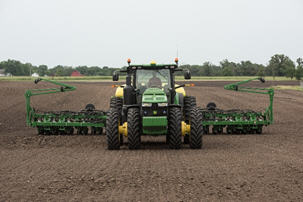 Improve performance of lower-skilled operators by using AutoTrac™ Turn Automation
Improve performance of lower-skilled operators by using AutoTrac™ Turn AutomationSkilled operators are becoming more difficult to find. As agriculture equipment becomes larger and more advanced, some operators struggle or simply refuse to learn how to use new features that can make your operation more efficient and productive.
AutoTrac Turn Automation gives operators automated control of steering, machine speed, and implement functions during end-of-pass turns. The setup process is easy and self-guided.
AutoTrac Turn Automation automatically completes turns and manages the implement using field and headland boundaries as the reference point. The system uses implement and machine dimensions to accurately guide the tractor around an optimal end-of-pass turn.
By automating end-of-pass turns, the system also more accurately positions the tractor and implement for the next field pass to increase accuracy and efficiency. The repeatability of AutoTrac Turn Automation allows operators with less experience to perform as well or better than seasoned operators.
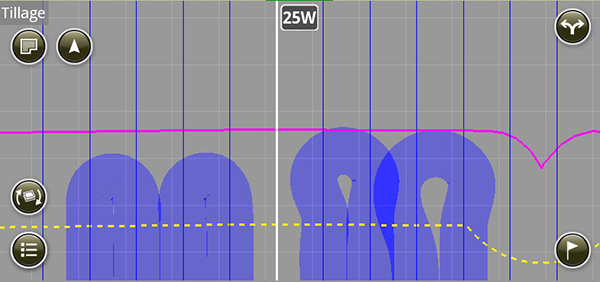 Turns made with AutoTrac Turn Automation (left) and turns driven manually by the operator (right)
Turns made with AutoTrac Turn Automation (left) and turns driven manually by the operator (right)AutoTrac Turn Automation makes turns that are accurate, repeatable, and efficient compared to turns driven manually by the operator which can vary from pass to pass.
It helps users reach a higher level of precision and efficiency and reduces operator fatigue.
Use pre-established field boundaries to improve turn performance
Five types of boundaries
- Exterior boundary
- The exterior boundary is the perimeter of the field. It is required for AutoTrac™ Turn Automation to operate. For the best accuracy, these should be driven recorded boundaries.
- Exterior headland
- The exterior headland is the area at each end of the field where the turns occur. It is required for AutoTrac Turn Automation to operate.
- Passable interior boundary
- A passable interior boundary is the perimeter of an area inside the field that is not farmed but can be crossed with a machine and implement. One example is a waterway. They are optional for AutoTrac Turn Automation to operate.
- Impassable interior boundary
- An impassible interior boundary is the perimeter of an area inside the field that is not farmed and cannot be crossed with a machine and implement. They are optional for AutoTrac Turn Automation to operate.
- Interior headland
- An interior headland is the area around an impassible interior boundary where the turns occur. They are optional for AutoTrac Turn Automation to operate.
Headland boundaries
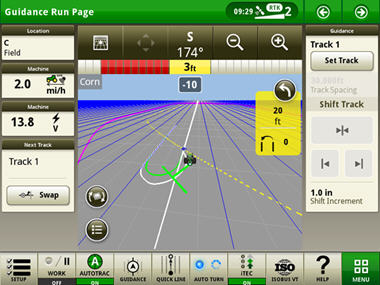 Headland boundaries (yellow line)
Headland boundaries (yellow line)Headland boundaries are used by AutoTrac Turn Automation to control the starting point for turns and implement sequences. They are displayed as dashed yellow lines. Only exterior boundaries and impassable interior boundaries can have a headland.
Constant offset is a quick way to establish headland boundaries. Simply enter the width of headland, and the system will generate a boundary around the entire field of that distance.
